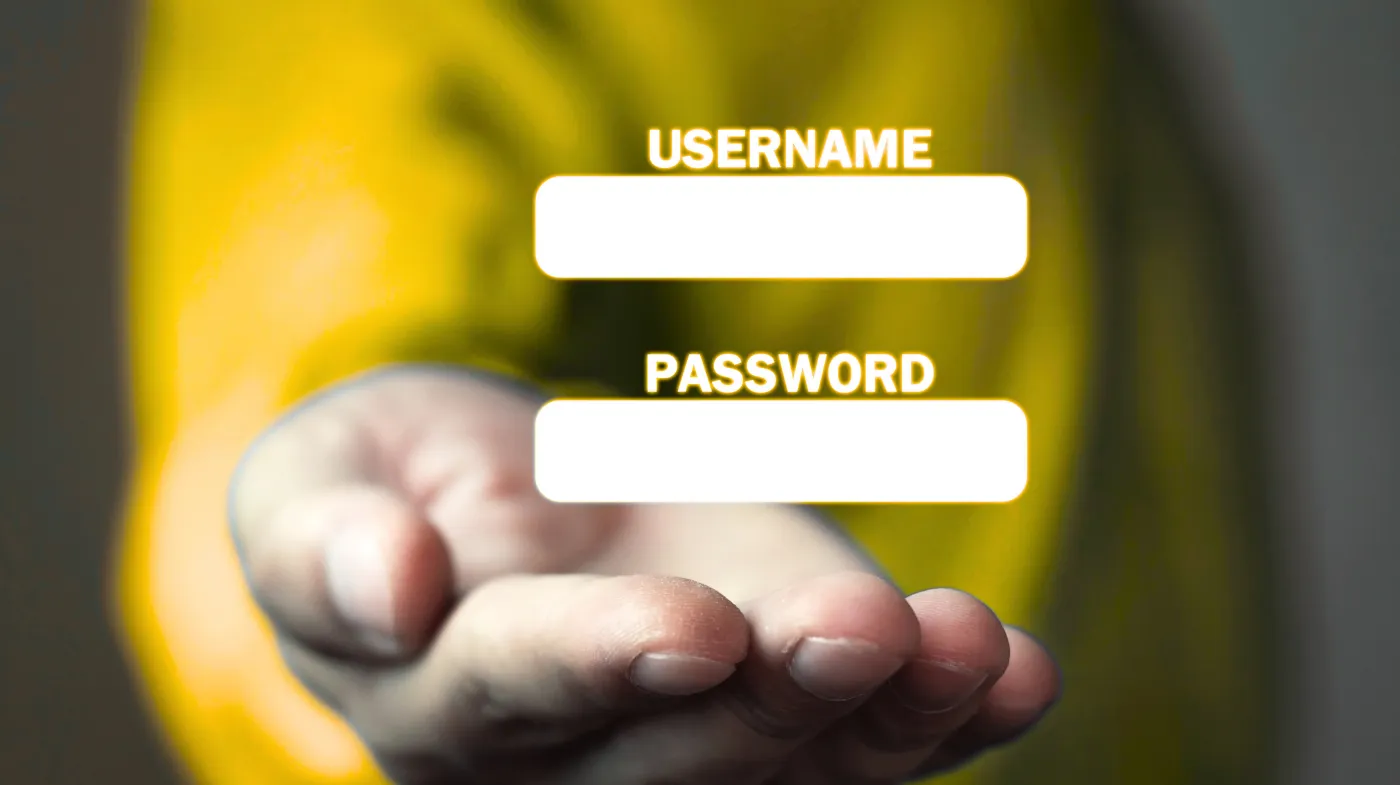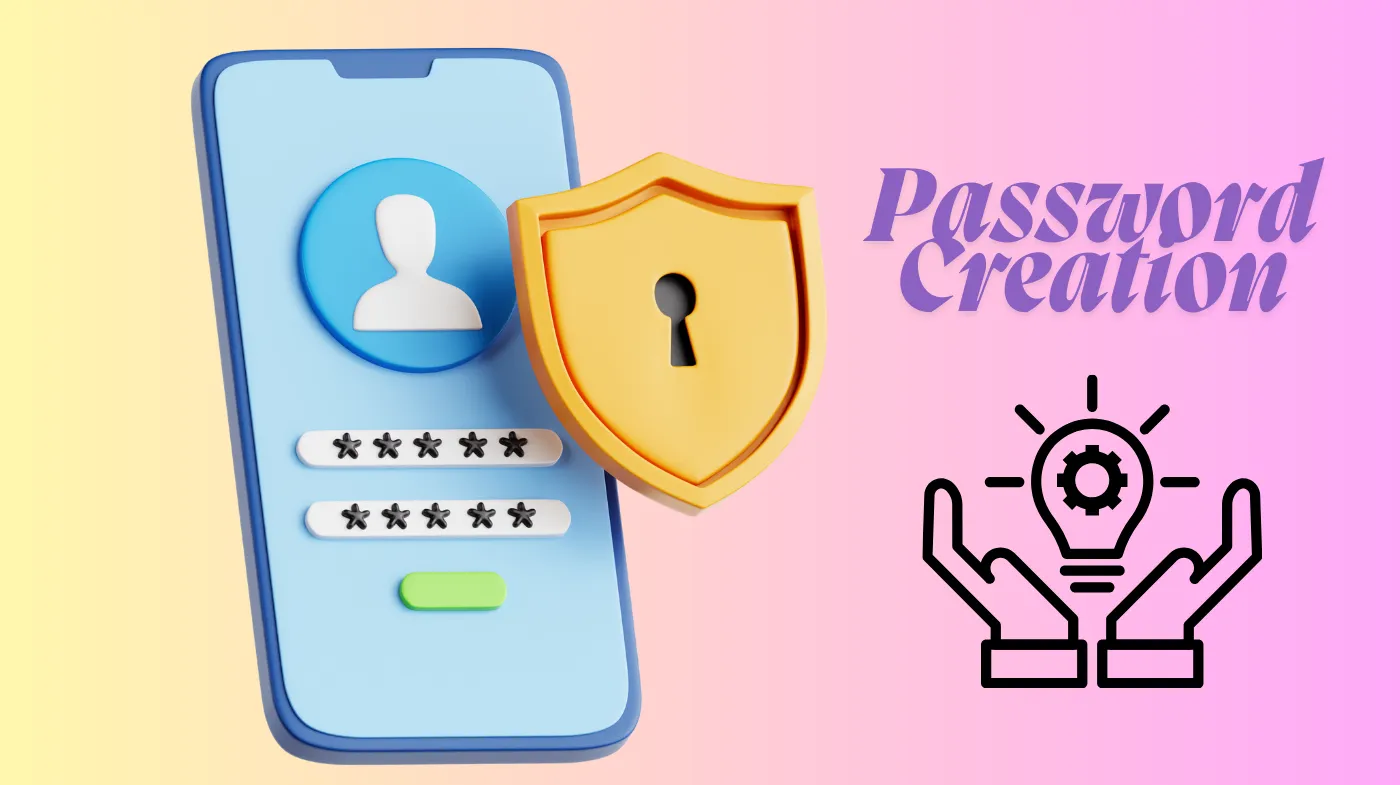
Your digital identity hangs in the balance with every username and password you create. Cyber criminals target over 4.1 billion records annually, making weak credentials their favorite entry point into your personal and financial life. This comprehensive guide reveals proven strategies that security experts use to build unbreakable digital defenses.
You’ll discover how to craft usernames that protect your privacy while remaining memorable. Learn advanced password techniques that go beyond basic requirements. Master email security practices that safeguard your master key to digital life.
Most importantly, you’ll avoid the critical mistakes that leave 81% of data breaches preventable through stronger credentials. Your financial accounts, personal photos, and professional reputation depend on implementing these battle-tested security principles.
Understanding Username and Password Fundamentals
Creating effective digital credentials requires understanding the basic principles that make them secure and functional.
What Makes a Strong Username?
A strong username serves as your digital identity while maintaining your privacy and security. Choose names that don’t reveal personal information like your real name, birth year, or location. Instead, combine unrelated words, add numbers, or use creative variations that are memorable to you but meaningless to others.
Password Strength Essentials
Password strength depends on length, complexity, and uniqueness. The most secure passwords contain at least 12 characters, including uppercase and lowercase letters, numbers, and special characters. Avoid dictionary words, personal information, or predictable patterns that hackers can easily guess.
Connection Between Username and Password Security
Your username and password work together as a security team. Even the strongest password becomes vulnerable if paired with a predictable username. Similarly, a creative username can’t compensate for a weak password. Both elements must be equally robust to provide maximum protection.
Common Security Misconceptions
Many users believe that adding numbers to common words creates secure passwords, but hackers easily crack these patterns. Another misconception is that shorter, complex passwords are better than longer, simple ones. Research shows that length trumps complexity in most cases.
Best Practices for Creating Secure Usernames
Developing a systematic approach to username creation helps establish consistent security across all your online accounts.
Avoiding Personal Information
Never include your real name, birth date, address, phone number, or other identifying details in usernames. This information makes you vulnerable to social engineering attacks and helps cybercriminals piece together your digital profile for targeted attacks.
Using Creative Combinations
Combine unrelated concepts to create memorable yet secure usernames. Mix favorite colors with random animals, blend hobby terms with fictional places, or create acronyms from meaningful phrases. This approach generates unique identifiers that are difficult to guess but easy for you to remember.
Platform-Specific Considerations
Different platforms have varying username requirements and security implications. Social media platforms may benefit from more memorable usernames for networking, while financial accounts should prioritize maximum security over memorability. Adjust your strategy based on the platform’s purpose and risk level.
Length and Character Limitations
Most platforms allow 3-20 characters for usernames, with some accepting special characters and others limiting you to alphanumeric options. Plan multiple variations of your preferred username to accommodate different platform requirements while maintaining consistency in your approach.
Advanced Password Creation Strategies

Modern password security requires sophisticated approaches that go beyond basic character requirements.
The Passphrase Method
Passphrases offer superior security compared to traditional passwords by combining multiple words into longer, more memorable credentials. Create passphrases using four to six unrelated words, adding numbers and symbols between them. For example, “Coffee47Mountain!Blue23River” is both stronger and easier to remember than random character strings.
Using Password Managers Effectively
Password managers generate and store unique passwords for each account, eliminating the need to remember complex credentials. These tools can create passwords up to 100 characters long with maximum randomness.
A reliable strong password generator can create virtually uncrackable passwords that would take centuries to breach using current technology.
Multi-Factor Authentication Integration
Multi-factor authentication (MFA) adds crucial security layers beyond usernames and passwords. Even if credentials are compromised, MFA requires additional verification through phones, biometrics, or hardware tokens. Enable MFA on all accounts that support it, especially financial and email services.
Password Rotation and Management
Regular password updates help limit damage from undetected breaches. Rotate passwords every 90 days for high-risk accounts, and immediately change credentials when platforms report security incidents. Document rotation schedules and use calendar reminders to maintain consistent security practices.
Avoiding Common Password Pitfalls
Never reuse passwords across multiple accounts, even with slight variations. Avoid keyboard patterns like “qwerty” or number sequences like “123456.” Don’t store passwords in plain text files or browser auto-save features without additional encryption.
Email Security and Account Protection
Your email account serves as the master key to most online services, making its security paramount to overall digital safety.
Choosing Secure Email Providers
Secure email providers offer enhanced encryption, privacy controls, and advanced security features. Research providers’ security track records, data handling policies, and encryption standards. Avoid free email services for sensitive communications, as they often lack robust security measures.
Email Address Strategy for Multiple Accounts
Create separate email addresses for different purposes: one for financial accounts, another for social media, and a third for shopping. This approach limits damage if one account is compromised. When sharing an email address with others, consider using temporary or alias addresses to protect your primary accounts.
Recognizing Email-Based Attacks
Phishing attacks often target email accounts to gain access to other services. Learn to identify suspicious emails, verify sender authenticity, and never click links from unknown sources. Enable email security features like spam filtering and malware scanning to add protective layers.
Regular Security Audits
Periodically review your email account security settings, connected applications, and recent activity logs. Remove access for unused applications and verify that all login locations are legitimate. Try to check E-Mail with hack checker if your email address has been involved in known data breaches.
Recovery Options and Backup Plans
Set up multiple recovery methods for your email accounts, including backup email addresses and phone numbers. Store recovery codes securely and test recovery processes periodically. Plan for account recovery scenarios before you need them to avoid being locked out of critical accounts.
Frequently Asked Questions
How often should I change my passwords?
Change passwords immediately when platforms report breaches or suspicious activity. For regular rotation, update critical account passwords every 90 days and less sensitive accounts every 6 months. Focus on creating stronger passwords rather than frequent changes of weak ones.
What’s the minimum password length for good security?
Twelve characters minimum provides adequate security for most accounts, but longer is always better. Aim for 15-20 characters when possible, especially for financial and email accounts. Length is more important than complexity in most situations.
Can I write down my passwords?
Physical password storage is acceptable if kept secure from others and locked away from your computer area. Never store passwords in plain digital text files or unsecured locations. Consider encrypted digital storage as a safer alternative to handwritten lists.
Should usernames be completely random?
Usernames should be unpredictable, but don’t need to be completely random. Create memorable combinations that don’t reveal personal information. Balance security with practicality, ensuring you can remember your usernames without compromising safety.
Securing Your Digital Future with Perfect Username and Password
Strong username and password practices form the foundation of comprehensive cybersecurity. By implementing the strategies outlined in this guide, you’re taking crucial steps toward protecting your digital identity and personal information. Remember that security is an ongoing process requiring regular attention and updates as threats evolve.
The investment in proper credential creation pays dividends through reduced vulnerability to cyber attacks and greater peace of mind in your digital activities. Start implementing these practices today, beginning with your most critical accounts and gradually extending protection across your entire online presence.
Your digital security is ultimately your responsibility, but with the right knowledge and tools, you can create robust defenses that keep pace with modern cyber threats while maintaining the convenience and connectivity that make technology valuable in daily life.
